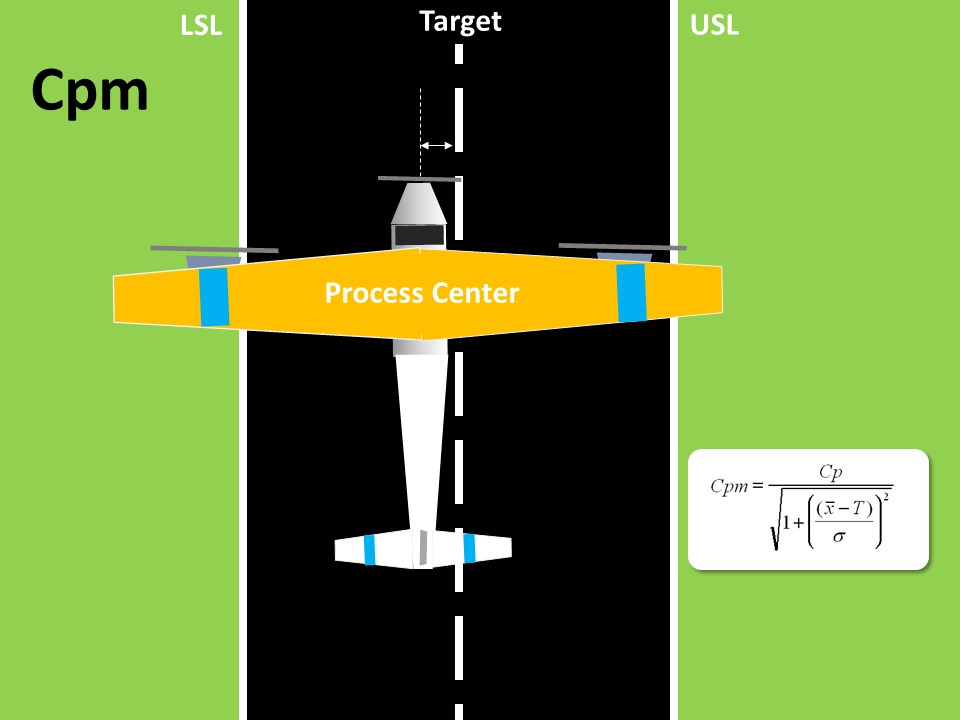Earned Value Management (EVM) is a project management technique that integrates project scope, schedule, and cost to measure and track the performance of a project. It provides objective data on project progress and enables project managers to forecast future performance.
EVM involves three key metrics:
- Planned Value (PV) or Budgeted Cost of Work Scheduled (BCWS): PV represents the authorized budget assigned to the scheduled work for a specific timeframe. It is also known as the budgeted cost of work scheduled. PV is usually established by assigning costs to the project tasks or activities based on the planned schedule.
- Earned Value (EV) or Budgeted Cost of Work Performed (BCWP): EV represents the value of the work that has been completed at a specific point in time. It is also known as the budgeted cost of work performed. EV is measured based on the actual completion of project tasks or activities and is expressed in monetary terms.
- Actual Cost (AC) or Actual Cost of Work Performed (ACWP): AC represents the actual cost incurred to complete the work at a specific point in time. It is also known as the actual cost of work performed. AC includes all the costs, such as labor, materials, equipment, and overhead, associated with the completed work.

Using these metrics, several performance indices can be calculated:
Schedule Performance Index (SPI): SPI indicates the efficiency of the project schedule by comparing the earned value (EV) to the planned value (PV).
SPI = EV / PV
If SPI = 1, the project is on schedule. SPI > 1 indicates that the project is ahead of schedule, while SPI < 1 indicates that the project is behind schedule.
Cost Performance Index (CPI): CPI indicates the efficiency of the project cost by comparing the earned value (EV) to the actual cost (AC).
CPI = EV / AC
If CPI = 1, the project is on budget. CPI > 1 indicates that the project is under budget, while CPI < 1 indicates that the project is over budget.
Variance at Completion (VAC): VAC represents the expected cost variance at the end of the project. It is calculated by subtracting the estimate at completion (EAC) from the budget at completion (BAC).
VAC = BAC – EAC
A positive VAC indicates that the project is expected to be under budget, while a negative VAC indicates that the project is expected to be over budget.
These metrics and indices help project managers to monitor project performance, identify deviations from the planned schedule and budget, and make informed decisions to keep the project on track.






